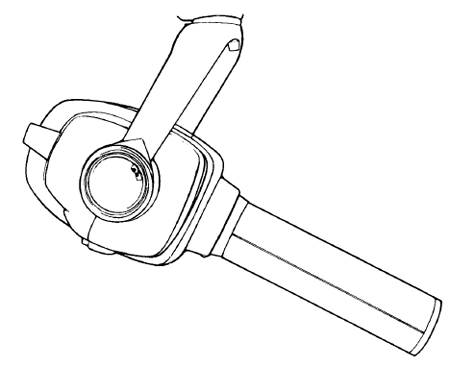

PARALLELING (LONG-CONE) PERIAPICAL EXPOSURE TECHNIQUES
GENERAL
A long cone is used to take x-rays with paralleling exposure techniques. Periapical film is held parallel to the long axis of the tooth using film-holding instruments. The central ray is directed to pass at a perpendicular angle to both the tooth and the film. Since the slope and curvature of the dental arches and the alveolar processes will not permit the film to be held close to the teeth and still be parallel to their long axes, the film must be held away from the teeth. This method provides a target-film distance of approximately 16 inches, in contrast to 8 inches for the bisecting technique (see figure 4-1). The increase in the target-film distance is related to the size of the image produced. If the film is held away from the tooth and the target-film distance kept at 8 inches, enlargement of the image would be unavoidable. Enlargement is minimized, however, by increasing the target-film distance to 16 inches, thus using the parallel rays. An extension cone is used (see figure 4-18) to increase the target-film distance.
